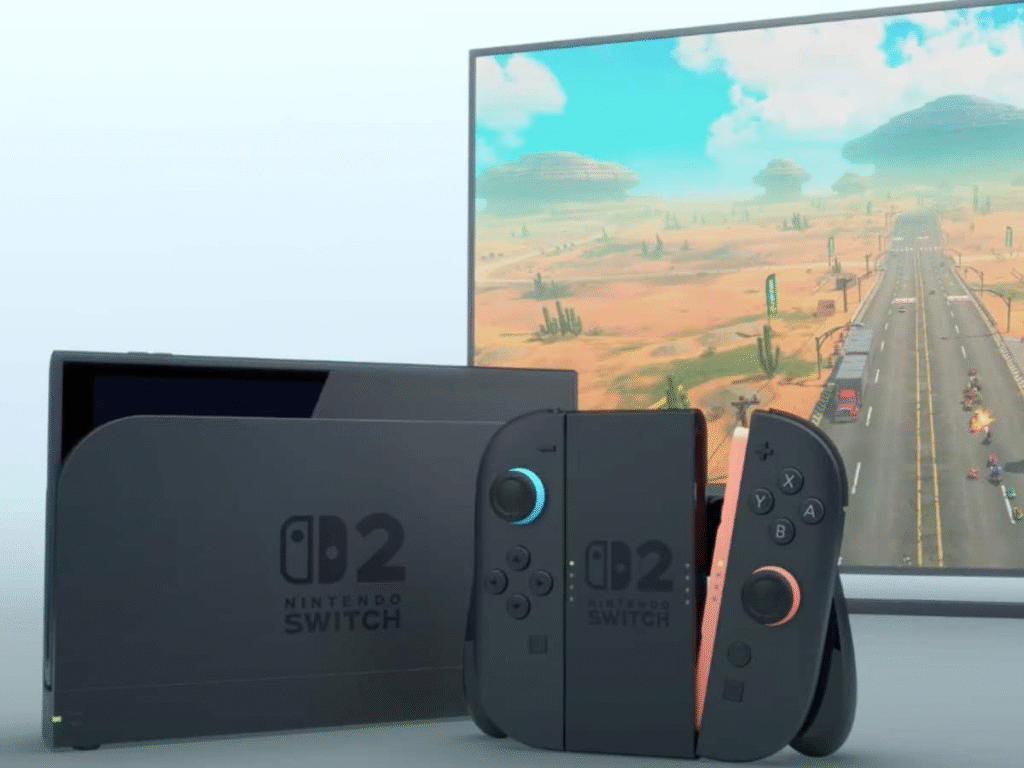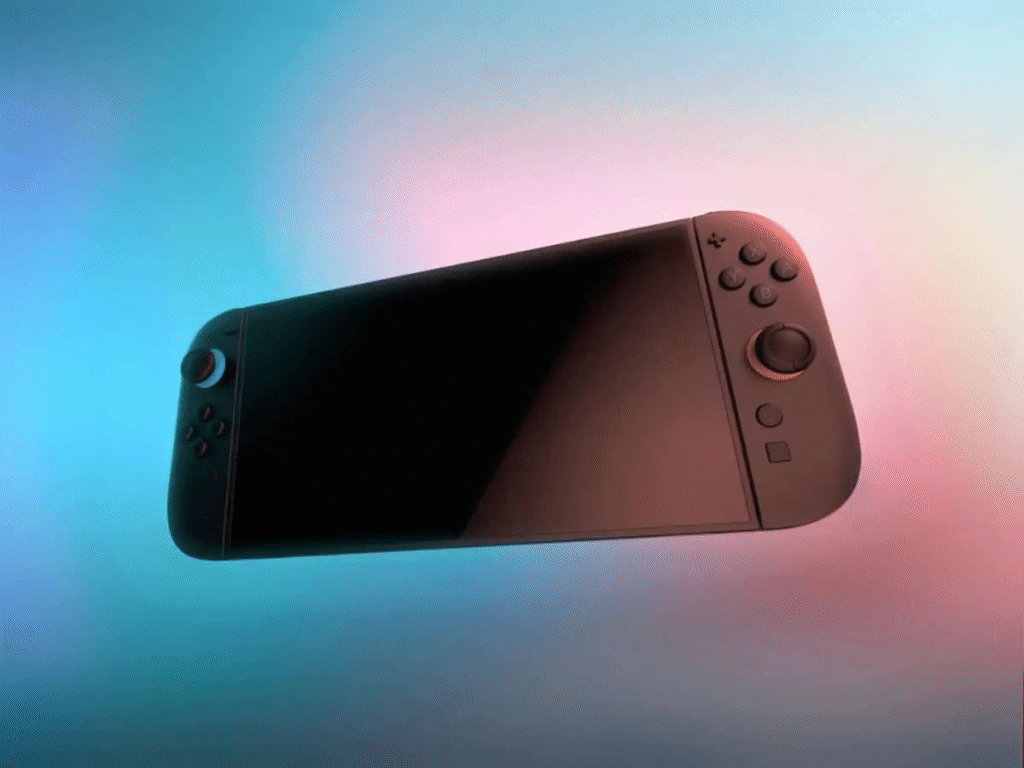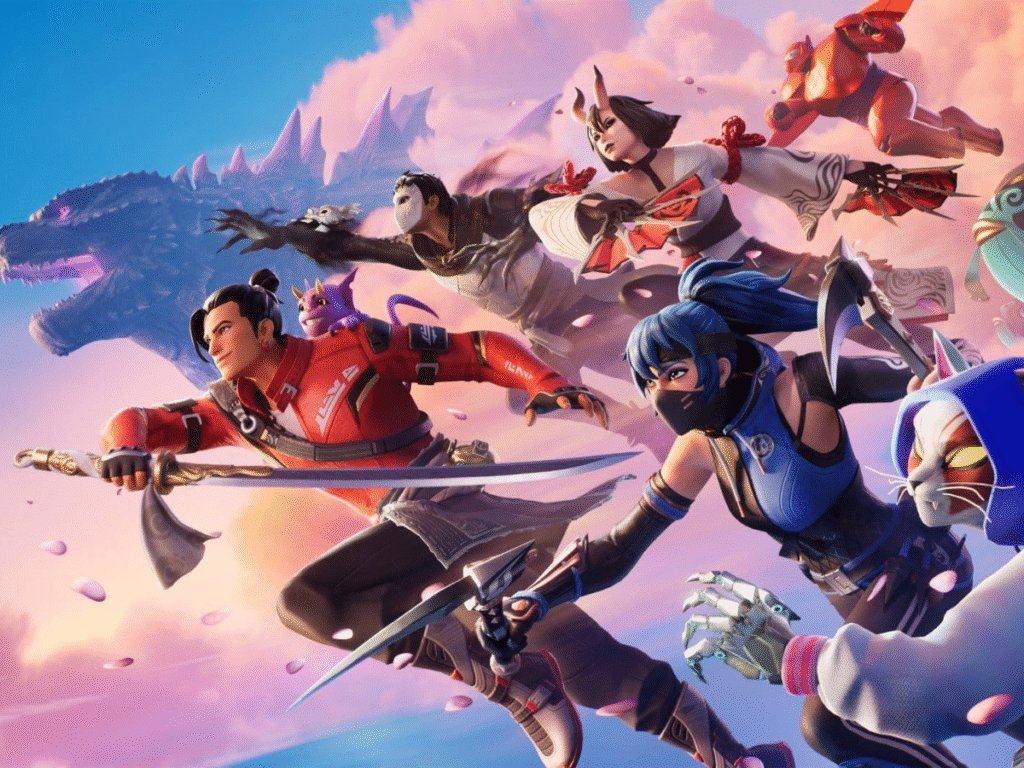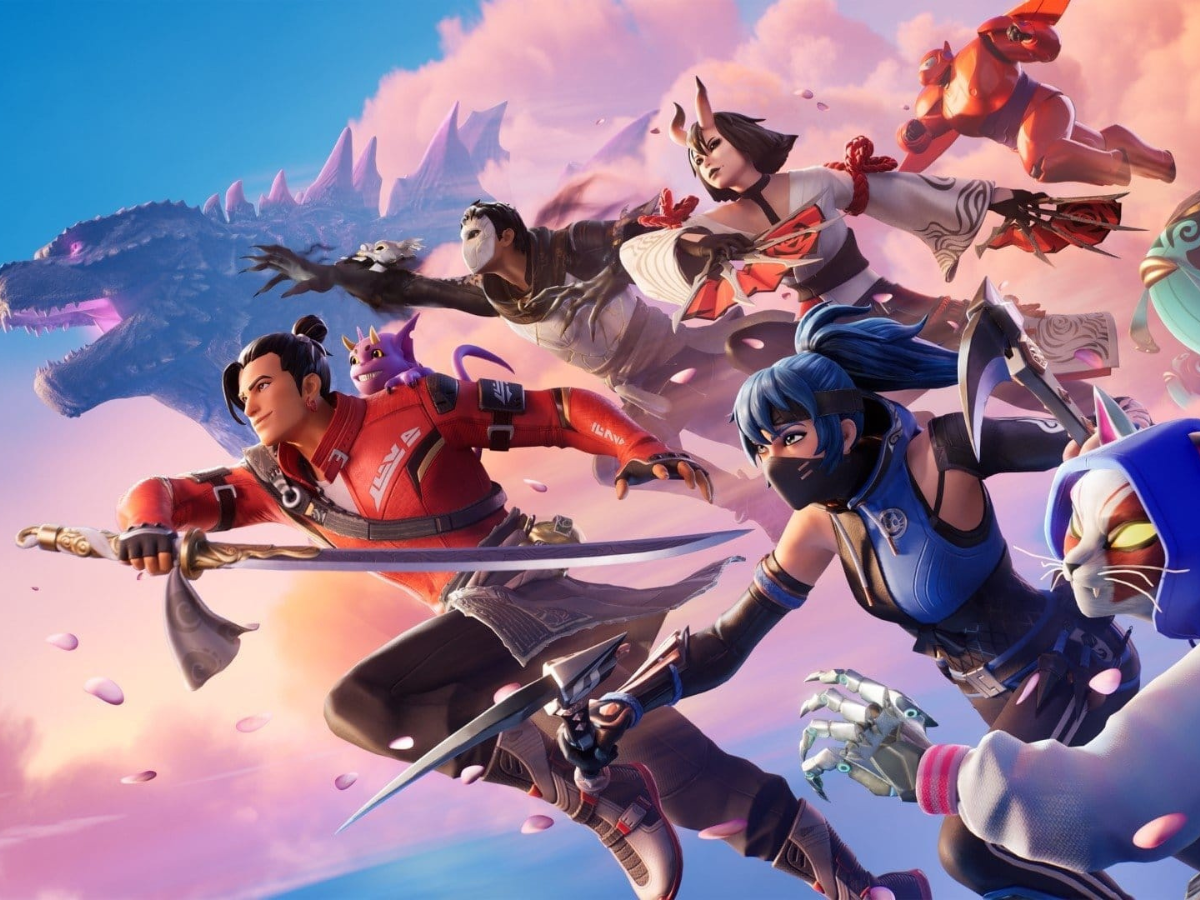After what feels like an eternity of rumours, leaks, and fan theories, Nintendo has finally lifted the curtain on its next console—the highly anticipated Nintendo Switch 2.
For months, speculation about specs and features has dominated the gaming world. Would it be more powerful than the Steam Deck? Would it finally introduce OLED-level visuals across all models? Could it compete with the growing wave of handheld PCs? Now we have something official: the Switch 2 will keep the hybrid formula that made its predecessor a global sensation.
That means you’ll still get a portable-home-console combo, complete with detachable Joy-Cons and a dock for TV play. The biggest reveal? Backward compatibility. Your library of classics, from Breath of the Wild to Smash Bros. Ultimate, won’t get left behind. That alone sets the tone—this isn’t just an upgrade, it’s the next chapter in Nintendo’s gaming legacy.
Set to launch in 2025, the Nintendo Switch 2 is expected to feature an 8-inch display, larger than both the original Switch and the OLED model. Rumours suggest a sharper, more vibrant screen, possibly OLED again, but with improved refresh rates for smoother gameplay. The Joy-Cons are also receiving a redesign—this time attaching magnetically rather than sliding into rails. It’s a small change that could address one of the Switch’s main issues: durability and drift problems.
The redesigned kickstand also appears more durable, drawing inspiration from the OLED model but going even further to improve tabletop stability. Battery life remains unconfirmed, but early reports indicate enhancements to help marathon players stay untethered longer. Nintendo has also promised more details on April 2, 2025, during a full showcase. The teaser trailer already offered a preview of what’s to come, with glimpses of a brand-new Mario Kart. If that’s any indication, more surprises are likely on the horizon.

Backward compatibility is a huge advantage, ensuring your current library functions right from the start. But Nintendo isn’t stopping there. Rumours indicate performance improvements for older titles, with Breath of the Wild possibly reaching a silky-smooth 60fps—a dream for fans who spent hundreds of hours exploring Hyrule.
On the upcoming release front, things become even more exciting. A 3D Mario title is heavily rumoured, likely created to showcase the Switch 2’s capabilities, much like Odyssey did for the original. A confirmed new Mario Kart is already in development, and whispers of a new Animal Crossing suggest Nintendo is doubling down on the franchises that have dominated the charts.
Fans are hopeful for long-awaited updates on Metroid Prime 4 and hints of a new Pokémon project designed for next-gen hardware. If half of these predictions prove accurate, the Switch 2 could have one of the strongest launch periods among any Nintendo console.

When the original Switch launched in 2017, it redefined gaming by combining handheld convenience with console-quality experiences. However, the market has changed. Devices like the Steam Deck, ROG Ally, and Lenovo Legion Go have established their own positions with powerful PC capabilities. They allow you to run nearly any game—but at the expense of size, heat, and battery life.
Nintendo, on the other hand, is sticking to what it does best: creating a system designed purely for games, wrapped in a sleek, portable form factor. It may not match a gaming PC’s specs, but that’s not the point. What the Switch 2 offers is an ecosystem no one else can replicate—exclusive titles like Zelda, Mario, Pokémon, and Smash Bros. that define entire generations of players. Combine that with ease of use, family-friendly design, and Nintendo’s flair for innovation, and you have a console that doesn’t need to compete directly on horsepower to win.
Of course, many questions remain. What will the final price be? Rumors indicate it could be around USD $400–$500, making it more affordable than the PS5 or Xbox Series X. Will Nintendo launch multiple versions, such as a standard model and a premium “Pro” edition? How will Nintendo enhance its online services to meet current expectations? These answers are expected soon, but the existing high level of excitement speaks volumes.
The bottom line? We’ve only gotten a small taste of what the Nintendo Switch 2 will bring, but it’s enough to spark massive anticipation. Between better portability, performance boosts for popular titles, and a new lineup of both innovative and classic games, this console seems set to carry the Switch legacy into a new era. Circle April 2, 2025, on your calendar for the full reveal. The wait is almost over, and the next phase of Nintendo gaming is just around the corner.













